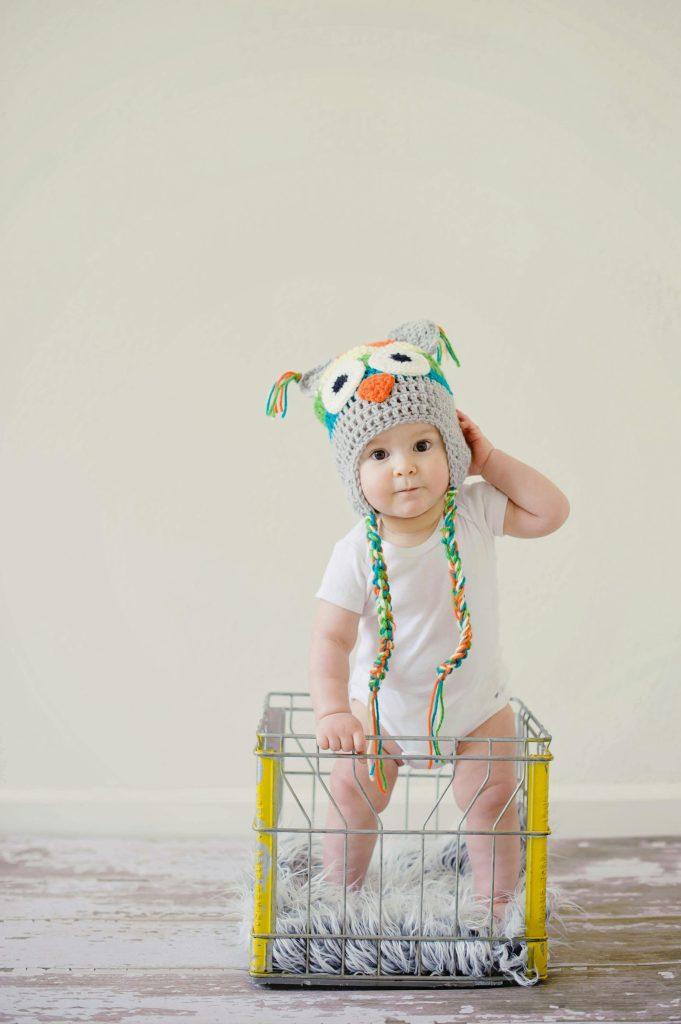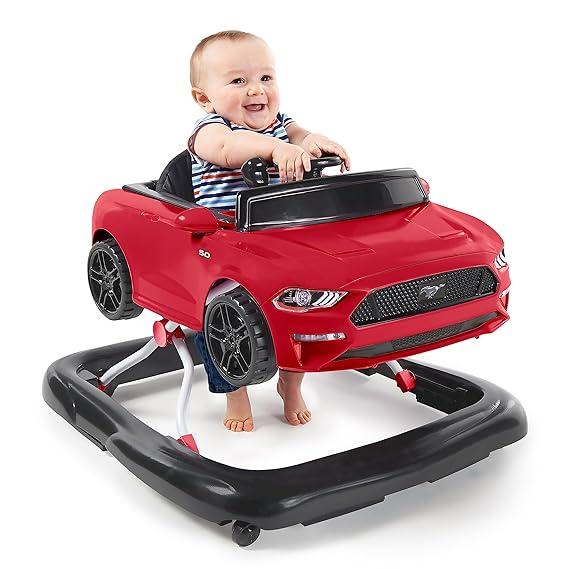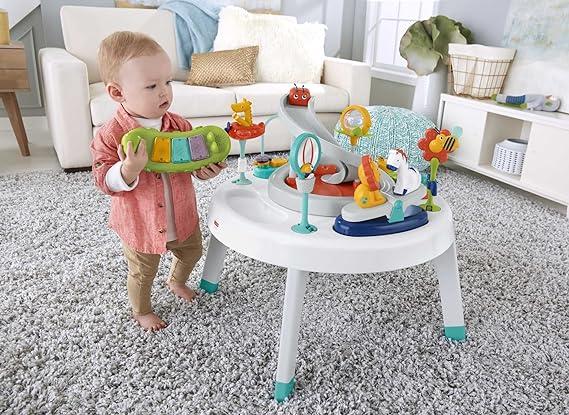
Table of Contents
A Guide for Parents

Introduction:
As a parent, it’s both thrilling and heartbreaking to witness your child’s developmental milestones to sit upright in the walker safely. From their first smile to their first step, every achievement fills you with pride. A milestone that often raises questions among parents. That’s when you introduce the walker to your child. In this blog post, we’ll explore the factors to consider and provide guidance on determining the right age for your child to use a walker.
The following factors:
Determining the right age to use a walker for your child requires taking into account the number of elements, including:
Growth:
An important factor is the physical development of your child. They must have sufficient neck and trunk control to sit upright in the walker safely. It usually occurs between 6 and 8 months of age. Children have more control over their movements.
Preparing:
In addition to physical development, cognitive preparation is essential. Children should show interest in exploring their surroundings and have the desire to move around. Signs of curiosity and desire to explore indicate that they may be ready for a walk.

Safety measures:
The most important thing while using a baby walker. Parents should ensure that the walker is used in a safe environment, free of hazards such as stairs, sharp edges, or small objects that children can choke on. Moreover, monitoring is very important to prevent accidents and injuries.
Sings: Your baby is ready to go for a walk.
So, how do you know if your child is ready to walk?
Be aware of the following symptoms:
- Your baby can sit up without any support and has good head control.
- They show interest in moving around and exploring their surroundings.
- Your child tries to pull himself to a standing position.
Baby Walkers alternatives:
Although baby walkers may be beneficial for some children, they are not the only option to promote mobility and search. Consider alternative toys and activities such as activity centers, push toys, or stationary play centers. These options offer similar development benefits without the safety concerns associated with walkers.
Determining the appropriate age for a child to start using a walker is important for their safety and development. Although each child is unique and may reach milestones at different times, there are general guidelines to consider. Usually, babies are ready to use a walker around 6 to 8 months of age. At this stage, most children have developed enough neck and trunk control to sit upright in a walker without assistance. This stability is essential for their safety and comfort when using the baby walker.

Additionally, children should show signs of cognitive readiness for the walker. This includes showing curiosity about their surroundings and demonstrating a desire to move and explore. Children who reach for objects and try to pull themselves up. However, it is important to prioritize safety when introducing a walker to your child. Make sure the environment is free of hazards such as ladders, sharp edges, or small objects that can pose a choking hazard.
To prevent accidents and to ensure that your child uses the walker safely, monitoring is also important. Ultimately, the decision to introduce a walker should be based on your child’s individual preparation and developmental progress. By waiting until you have demonstrated the physical and cognitive skills necessary to use the walker, you can ensure a positive experience and help with their ongoing development.
Frequently Asked Questions (FAQs)
How do I determine the right age to start using a walker for my child?
Determining the appropriate age involves considering factors such as your child’s physical development, Including adequate neck and trunk control, which is usually achieved at 6 to 8 months of age. Academic preparation, such as showing interest in exploring and moving around, is also important.
what are some signs that indicate my child is ready to use a walker?
Symptoms include The ability to sit without support and good head control. You are showing interest in exploring your surroundings and trying to pull yourself up to a standing position.
Are there alternative options for baby walkers to promote mobility and exploration?
Yes, alternatives such as activity centers, push toys, and stationary play centers offer similar developmental benefits without the safety concerns associated with walkers.
What safety measures should I consider when introducing a walker to my child?
Make sure the environment is free of hazards such as ladders, sharp edges, and small objects that can pose a choking hazard. Monitoring is very important to prevent accidents and injuries.
How can I make sure that my child uses the walker safely?
Provide continuous monitoring, closely monitor their movements, and follow safety guidelines. Please make sure the walker is used at safe levels and adjust it to the appropriate height for your child.
Conclusion
Finally, the exact age for a child to use a walker varies from child to child. It is important to assess your child’s physical and cognitive readiness and provide them with a safe environment to explore. By taking this thing into account and adhering to safety regulations, you can introduce walkers to your child at the appropriate age and help them on their developmental journey.
